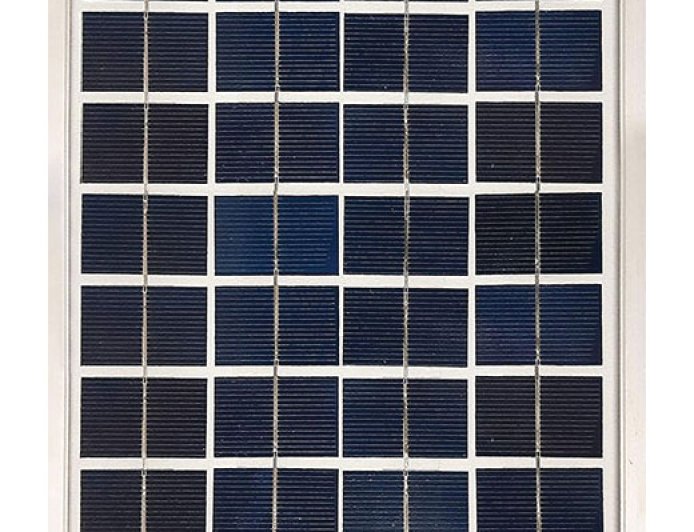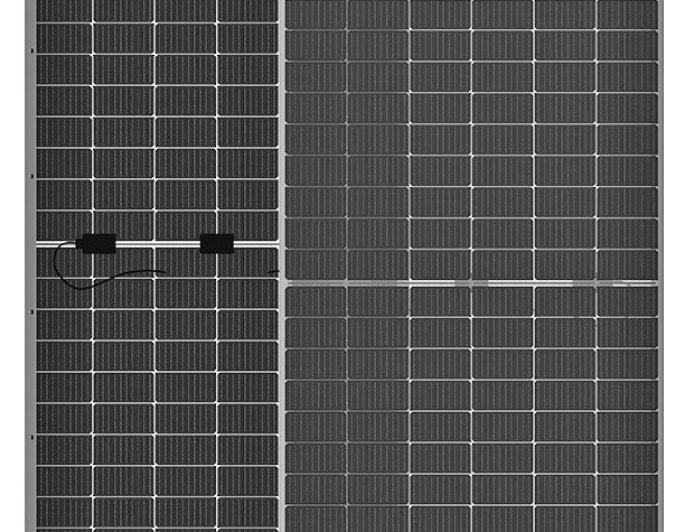The PLI scheme would provide a much-needed push to the Indian solar industry.

Ankit Singhania
Director - Sales & Procurement, Navitas Solar
What are the prevailing trends in the solar energy segment? How do government policies support the segment?
The solar energy industry has already seen a chain of revolutionary trends. Perhaps the most significant change to the business arises with PV technology thanks to perovskite solar cells and tandem cells, looking promising enough to come up with higher energy conversion rates at lower costs. Bifacial solar panels also started to gain their prominence with the possibility to absorb sun rays both from the front and backside.
Another major integration is energy storage. As more and more solar power is spread, reliable energy storage must be found to build this kind of infrastructure. This energy storage comes through lithium-ion batteries and other alternative systems, such as solid-state batteries, that are incorporated with the solar system so that this power comes in a stable and continuous manner.
Major trends are government policies. In India, one of its flagship initiatives is Production Linked Incentive (PLI) scheme which helps to increase the manufacturing of high-efficiency solar PV modules. This drives home improvement in domestic availability and technological developments in the country. Over that, a suite of incentives by state and central government through tax benefits and subsidies, along with favorable tariffs, promotes deployment of solar energy in residential, commercial, and industrial spaces.
What are the emerging opportunities for you in the solar segment with more capacity addition on the anvil?
Navitas Solar now steps forward to embrace novel opportunities in the solar industry. Since most of the people are seeking a source of energy from renewable sources, there is a tremendous increase in demand for solar panels. Considering this aspect, we are humongously increasing our manufacturing capacity. Our factory will start at an initial capacity of 1.5 GW starting soon and by 2025 it will reach 10 GW.
 It would also be a huge opportunity because Community Solar projects would allow hundreds of homes or businesses to share one solar installation, thereby expanding access and making renewable energy much more accessible. Navitas Solar is also seeking partnership and collaboration opportunities in joining these particular rural and underserved communities. The international market also offers good opportunities. We are working continuously for the expansion of our presence in North America and Southeast Asia, where demand for clean energy solutions is growing rapidly. Using manufacturing advancement and partnerships skillset, we will build a stronger presence in these markets.
It would also be a huge opportunity because Community Solar projects would allow hundreds of homes or businesses to share one solar installation, thereby expanding access and making renewable energy much more accessible. Navitas Solar is also seeking partnership and collaboration opportunities in joining these particular rural and underserved communities. The international market also offers good opportunities. We are working continuously for the expansion of our presence in North America and Southeast Asia, where demand for clean energy solutions is growing rapidly. Using manufacturing advancement and partnerships skillset, we will build a stronger presence in these markets.
How do you look at the input cost challenge in solar projects?
This has grown into an all-important problem regarding input cost in solar projects when some of these materials, such as polysilicon and steel and aluminium, turn out to be very costly based on the problem of political factors and related global supply chain problems. In addition, higher shipping or transport costs are increasing the overall costs of the projects.
To address these, Navitas Solar has undertaken a multi-faceted approach. One is pretty integral to us with everything kept in-house mainly because making key parts in-house enhances control over costs and ensures having a steady supply of good materials. On the suppliers' side, long-term relationships are maintained for better deals and less variability in prices.
I believe that R&D investment is quite important. We're always coming out with new ideas and improving the way we make things. That way, we'll work better and spend less money. Like for example, we are working on more efficient solar cells and an improved method of production where we use fewer materials.
Can you give us an overview of your solar energy capacity? Which are the key projects?
Navitas Solar produces up to 500 MW annually. We will go up to 3 GW the following year. Our projects are numerous, from big solar farms to rooftop installations, and we span across various segments- from homes, businesses, and factories among others.
The other big project under development is a 1.2 GW solar module assembly plant in the US Midwest region, under the partnership with Sustainable Equity and Colby Solar. That is to say, it is a fundamental milestone of our growth in the North American market and attests to our being part of global change toward renewable energy. In India, we have many large projects underway; one is a 500 MW of solar farm in Gujarat and another 300 MW installation in Rajasthan.
How is the PLI scheme promoting Make in India in solar PVs? What are your expansion plans?
The PLI scheme would therefore provide a much-needed push to the Indian solar industry. Here, financial incentives are meant for high-efficiency solar PV modules manufactured in India on the back of their sales to encourage companies to grow and invest in better technologies. That shall reduce dependence on imported products and support local innovation and job growth.
 The PLI scheme would therefore provide a much-needed push to the Indian solar industry. Here, financial incentives are meant for high-efficiency solar PV modules manufactured in India on the back of their sales to encourage companies to grow and invest in better technologies. That shall reduce dependence on imported products and support local innovation and job growth. Navitas Solar supports the PLI scheme fully in pursuit of its objectives. We will increase capacity with a new plant that can begin at 1.5 GW, increasing up to 10 GW by 2025. The new plant shall be equipped with the new technologies that make its production more efficient as well as raise the quality of products. We thus shall be the best competitor in the global market for solar. Research and development will also be invested in to come up with new technologies of solar, to improve our manufacturing techniques.
The PLI scheme would therefore provide a much-needed push to the Indian solar industry. Here, financial incentives are meant for high-efficiency solar PV modules manufactured in India on the back of their sales to encourage companies to grow and invest in better technologies. That shall reduce dependence on imported products and support local innovation and job growth. Navitas Solar supports the PLI scheme fully in pursuit of its objectives. We will increase capacity with a new plant that can begin at 1.5 GW, increasing up to 10 GW by 2025. The new plant shall be equipped with the new technologies that make its production more efficient as well as raise the quality of products. We thus shall be the best competitor in the global market for solar. Research and development will also be invested in to come up with new technologies of solar, to improve our manufacturing techniques.
How do you look at the future market opportunities for solar energy?
Solar energy has a very bright future ahead. As the whole world is becoming environment-friendly by sources of energy, a greater need will arise. Some good opportunities would include creating smart grids, using AI and IoT in the solar system, and growing options for solar energy storage.
It will all the more be stunning growth in the solar sector with more electric vehicles and a growing call for clean energy to fuel it. We are well-equipped to take hold of these opportunities by being abreast of new ideas, cooperative with others, and sympathetic toward the environment. We also find ways of innovative business conduct - such as ‘solar-as-a-service’ - making access more affordable for more people to solarize.







